10 Best Herbal Teas For Nail Fungus

Herbal teas can be a natural and gentle option for managing nail fungus, as they often contain antifungal and anti-inflammatory properties.
Ingredients such as tea tree oil, echinacea, and garlic are commonly used in herbal remedies for their ability to inhibit fungal growth. To use herbal teas, they can be brewed and applied directly to the affected nails or used as a soaking solution. While these teas may help reduce symptoms and prevent further infection, they are not a substitute for medical treatment in severe cases.
It is important to consult a healthcare professional for proper diagnosis and treatment options.
FREE Herb Drying Checklist
How to make sure every batch retains maximum flavor, color, and aroma without the risk of mold or over-drying. Eliminate guesswork and trial-and-error, making herb drying faster, easier, and more efficient every time.
Table of Contents
1. Hypericum perforatum

Hypericum perforatum, commonly known as St. John's Wort, is a herbal remedy that has been traditionally used for various health purposes, including its potential benefits for nail fungus.
While it is more widely recognized for its antidepressant properties, some studies suggest that its antimicrobial compounds may help inhibit the growth of fungi, including those that cause nail infections. When used in the form of a herbal tea, St. John's Wort can be applied topically to affected nails to support fungal treatment. However, it is important to note that hypericum perforatum may interact with certain medications, so consulting a healthcare professional before use is advisable.
Despite its potential, it should not be considered a standalone treatment for nail fungus and should be used in conjunction with other proven therapies.
2. Urtica dioica
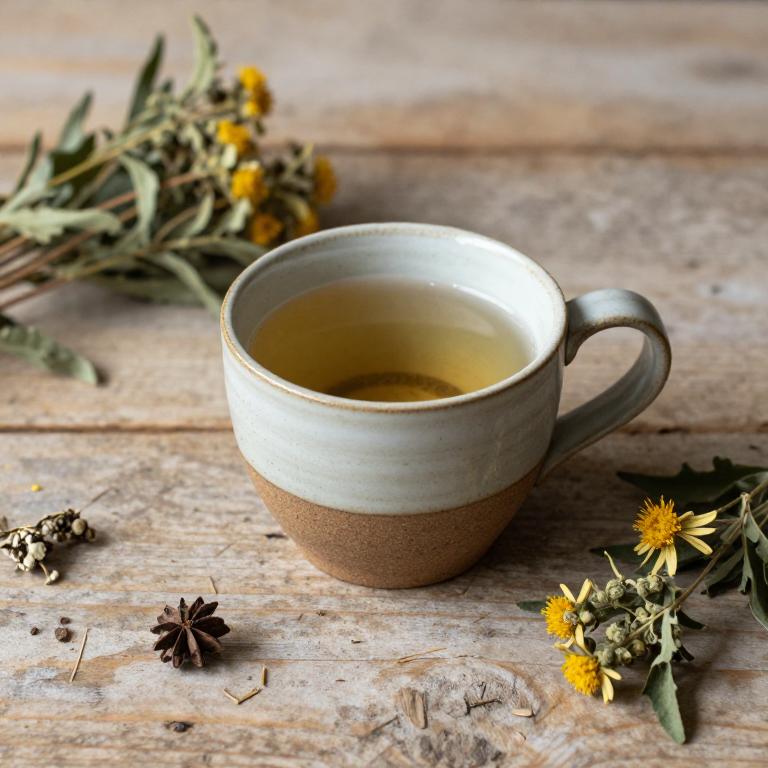
Urtica dioica, commonly known as stinging nettle, has been traditionally used in herbal remedies for its anti-inflammatory and antimicrobial properties.
When brewed into a tea, it may help support the body's natural defenses against fungal infections, including nail fungus. The tea is believed to help reduce inflammation and promote detoxification, which can create an environment less favorable for fungal growth. While there is limited scientific evidence specifically supporting its effectiveness for nail fungus, some anecdotal reports suggest it may aid in overall nail health.
As with any herbal remedy, it is advisable to consult a healthcare professional before use, especially if you have underlying health conditions or are taking other medications.
3. Teucrium polium
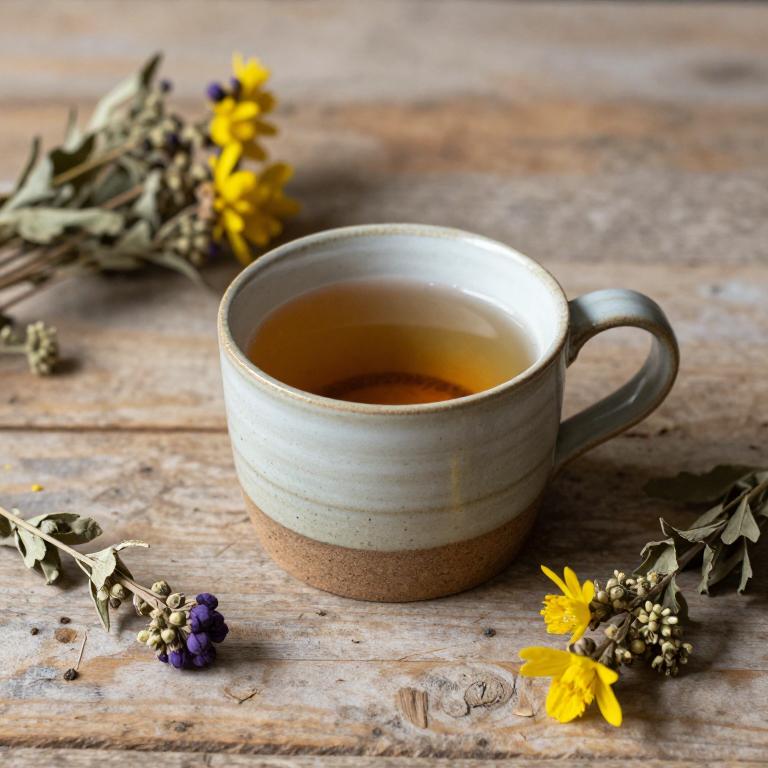
Teucrium polium, also known as sweet germander, is a medicinal herb that has been traditionally used for its antifungal properties.
Herbal teas made from Teucrium polium are believed to help combat nail fungus by inhibiting the growth of fungal organisms. The active compounds in this herb, such as flavonoids and essential oils, may contribute to its antifungal effects. While some studies suggest potential benefits, more research is needed to fully confirm its efficacy for nail fungus.
As a natural remedy, Teucrium polium tea can be used as a complementary approach alongside conventional treatments under the guidance of a healthcare professional.
4. Equisetum arvense
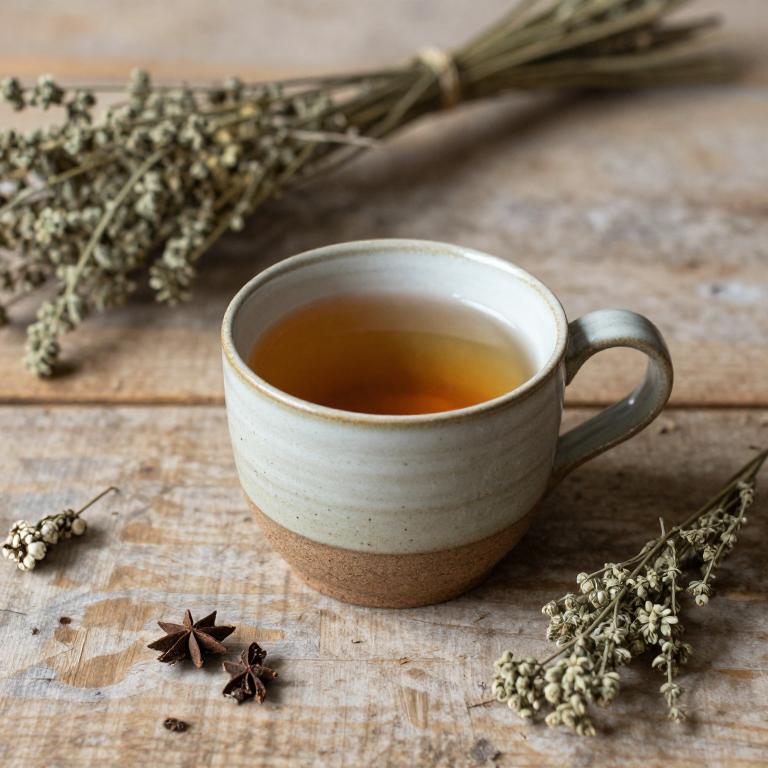
Equisetum arvense, commonly known as horsetail, is a herbal plant that has been traditionally used for its high concentration of silica, which is believed to support nail health.
When brewed into a herbal tea, equisetum arvense may help strengthen brittle nails and potentially combat fungal infections due to its antifungal properties. The tea is often consumed internally to promote overall nail strength and may also be applied topically as a rinse or compress for localized fungal treatment. However, it is important to consult with a healthcare professional before using horsetail tea, as it can interact with certain medications and may cause side effects in some individuals.
While some anecdotal evidence suggests its efficacy, more scientific research is needed to fully understand its role in treating nail fungus.
5. Cnicus benedictus
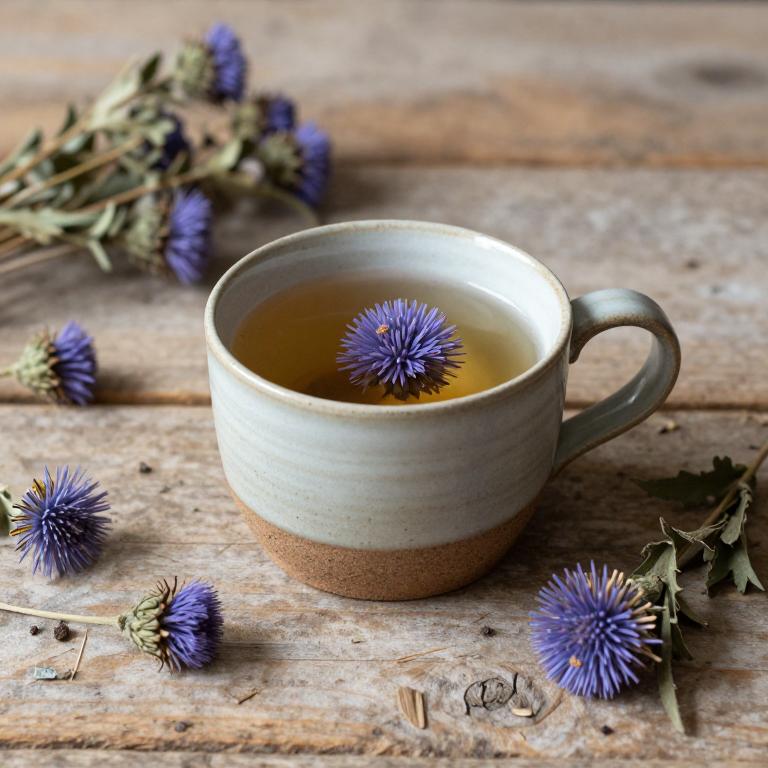
Cnicus benedictus, also known as St. Benedict's thorn, has been traditionally used in herbal remedies for its potential antifungal properties.
When brewed into a herbal tea, it may help support the body's natural defenses against nail fungus by promoting detoxification and improving circulation. Some studies suggest that compounds in Cnicus benedictus may inhibit the growth of fungal organisms, making it a valuable complementary therapy. However, it is important to consult with a healthcare professional before using this herb, especially for those with existing health conditions or taking medications.
While herbal teas can be part of a holistic approach to nail fungus treatment, they should not replace conventional medical treatments without professional guidance.
6. Thymus vulgaris
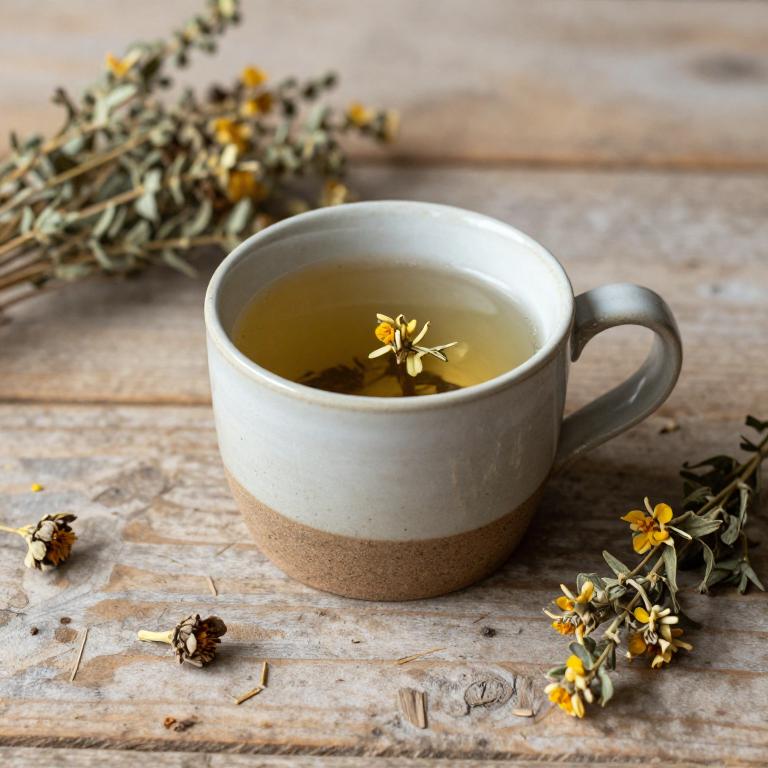
Thymus vulgaris, commonly known as thyme, is a herb often used in herbal teas for its antimicrobial and antifungal properties.
When brewed into a tea, thyme can help support the body's natural defenses against fungal infections, including nail fungus. The essential oils in thyme, particularly thymol, have been shown to inhibit the growth of fungi that cause nail infections. Regular consumption of thyme herbal tea may complement other treatments by promoting a healthier immune system and reducing fungal proliferation.
However, it is important to consult with a healthcare professional before using thyme tea as a treatment for nail fungus, as it may interact with certain medications or conditions.
7. Salvia officinalis
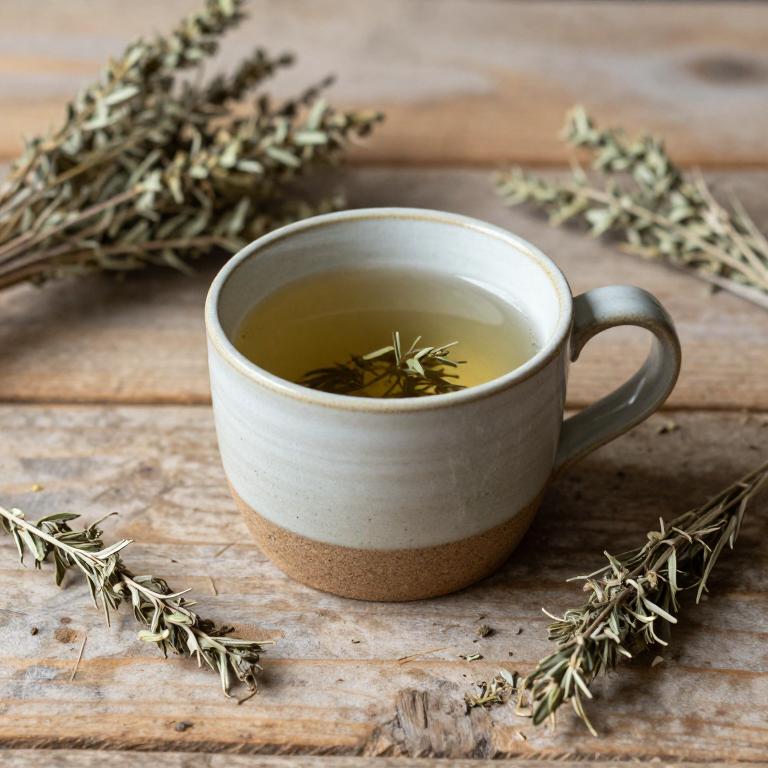
Salvia officinalis, commonly known as sage, has been traditionally used for its antimicrobial and anti-inflammatory properties, making it a potential natural remedy for nail fungus.
When brewed into a herbal tea, sage may help inhibit the growth of fungi due to its high concentration of essential oils like thujone and camphor. However, there is limited scientific evidence supporting its effectiveness specifically for nail fungus, and it should not replace conventional treatments prescribed by a healthcare professional. Some people use sage tea as a complementary therapy, applying it topically or consuming it to support overall immune function.
While it is generally safe, excessive consumption of sage tea may cause side effects, so it is advisable to consult a healthcare provider before use.
8. Rosmarinus officinalis

Rosmarinus officinalis, commonly known as rosemary, is a fragrant herb that has been traditionally used for its therapeutic properties, including its potential benefits for nail fungus.
Rosemary herbal tea contains compounds like rosmarinic acid and camphor, which have antimicrobial and antifungal properties that may help combat fungal infections. When consumed regularly, rosemary tea may support the body's natural defenses against nail fungus by boosting immunity and reducing inflammation. However, while some studies suggest its potential benefits, it is important to note that rosemary tea should not replace professional medical treatment for severe or persistent nail fungus.
As with any herbal remedy, it is advisable to consult a healthcare provider before using rosemary tea as part of a treatment plan for nail fungus.
9. Lavandula angustifolia
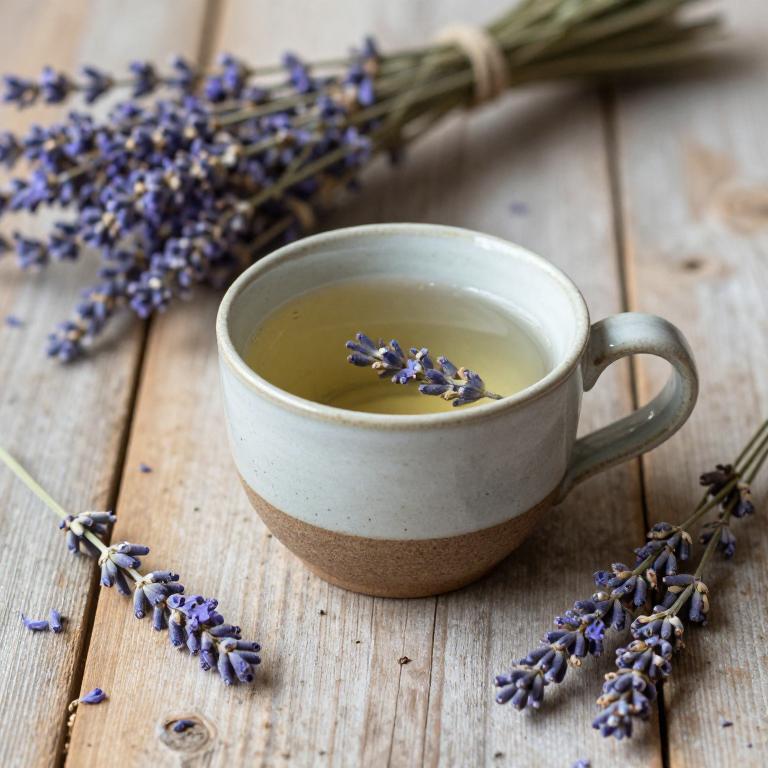
Lavandula angustifolia, commonly known as English lavender, has been traditionally used for its calming and antifungal properties.
While it is well-known for its soothing effects on the skin, lavender essential oil and herbal teas made from the plant may offer some relief for mild cases of nail fungus due to their antimicrobial and anti-inflammatory compounds. When consumed as a tea, lavender can support overall immune function, which may aid in the body's ability to combat fungal infections. However, it is important to note that lavender tea alone is not a proven cure for nail fungus and should be used in conjunction with other treatments recommended by a healthcare professional.
For more severe cases, medical intervention such as antifungal medications is typically necessary.
10. Vitex agnus-castus
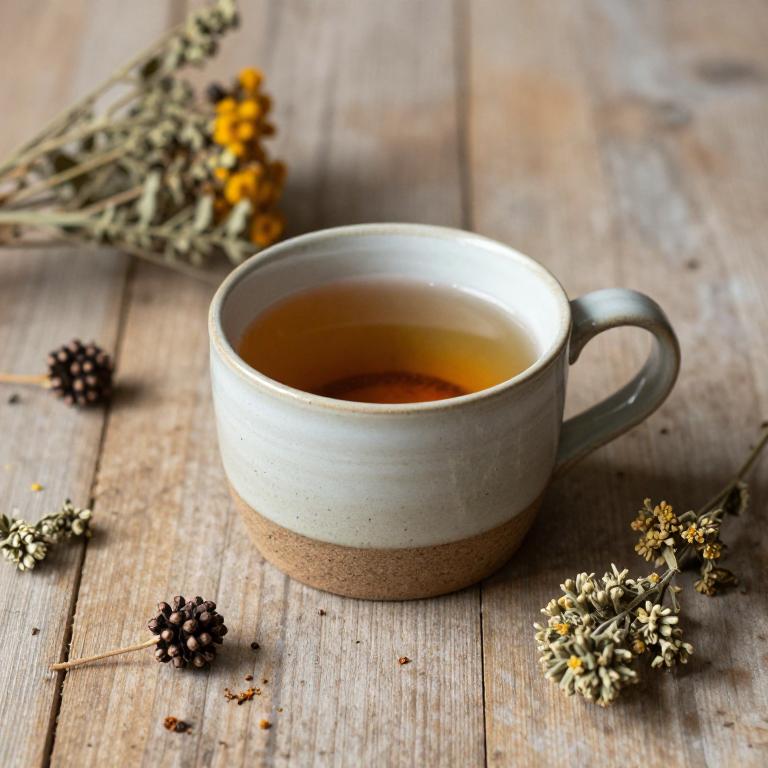
Vitex agnus-castus, commonly known as chasteberry, is an herb that has been traditionally used for various health purposes, including hormonal balance and skin health.
While it is not a direct treatment for nail fungus, some studies suggest that its antimicrobial and antifungal properties may offer supportive benefits when used as part of a holistic approach to fungal infections. Herbal teas made from vitex agnus-castus are often consumed for their calming effects, but they can also be applied topically in diluted form to help reduce fungal growth on the nails. It is important to note that vitex should not replace conventional antifungal treatments, and individuals should consult a healthcare professional before using it for nail fungus.
Overall, while vitex may contribute to overall nail health, it is most effective when combined with proper hygiene and medical treatments.